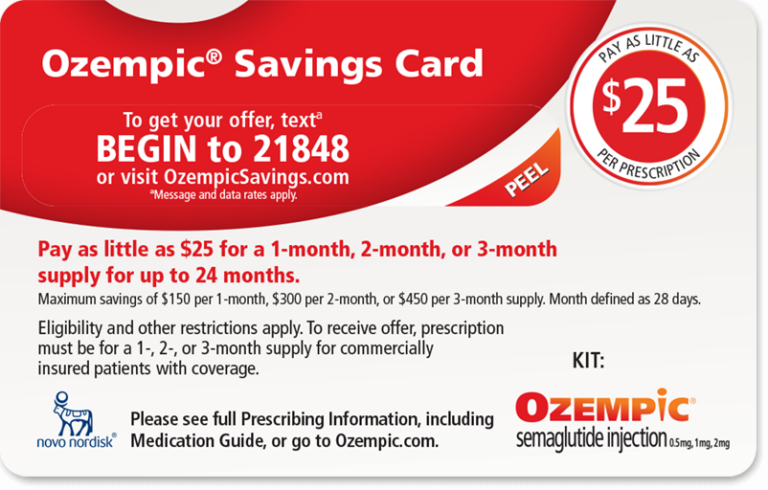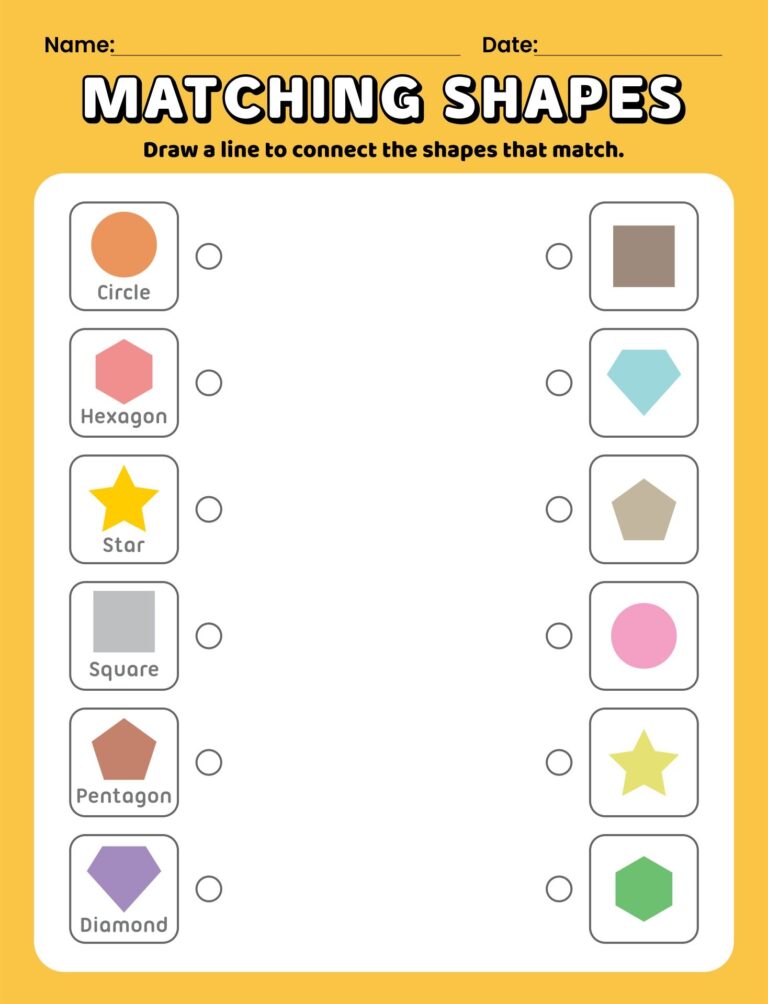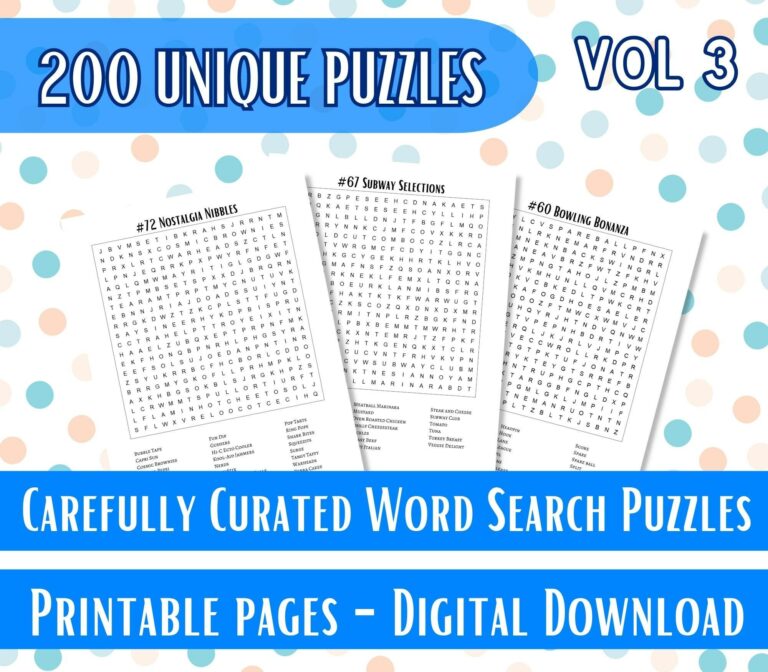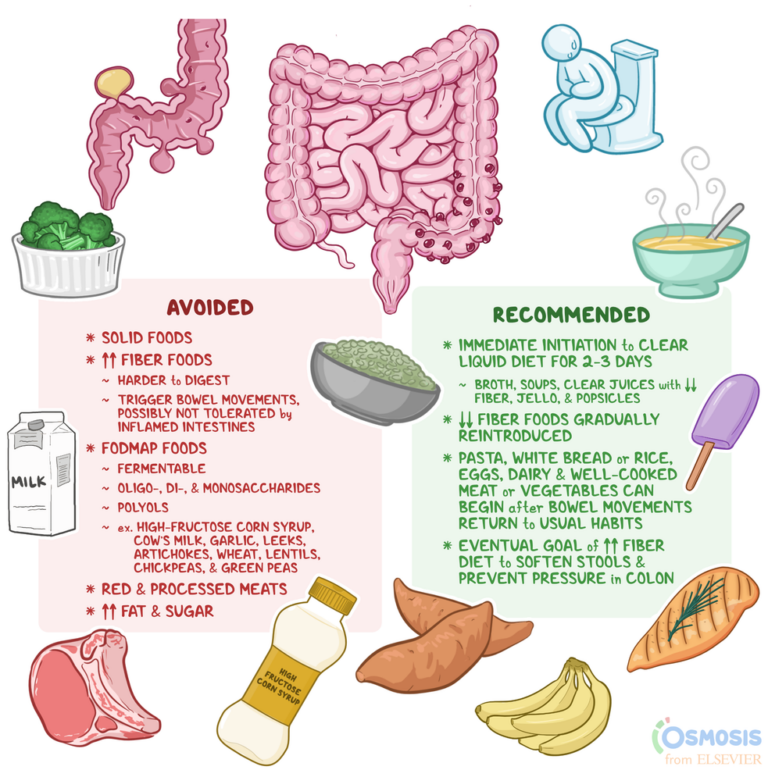Unleashing the Potential of Printable Sticker Vinyl: A Comprehensive Guide
In the realm of self-expression and personalization, printable sticker vinyl stands out as a versatile and transformative medium. Whether you’re a creative professional, a business owner, or simply someone who loves to add a touch of uniqueness to their surroundings, this remarkable material offers endless possibilities.
With its exceptional durability, vibrant colors, and ease of application, printable sticker vinyl has revolutionized the way we design, communicate, and decorate. This comprehensive guide will delve into the intricacies of printable sticker vinyl, empowering you to unlock its full potential.
Materials and Properties

Printable sticker vinyl is a versatile material made of a durable and flexible plastic film with a self-adhesive backing. It is designed to be printed on using inkjet or laser printers, allowing for the creation of custom stickers, labels, and decals.
The composition of printable sticker vinyl typically includes a base layer of plastic, such as PVC or PET, which provides strength and durability. This base layer is coated with an adhesive that allows the vinyl to stick to various surfaces. The top layer of the vinyl is coated with a printable surface that accepts ink and protects the printed image from scratches and fading.
Types of Printable Sticker Vinyl
There are different types of printable sticker vinyl available, each with its own strengths and weaknesses. The most common types include:
- Glossy Vinyl: Provides a shiny, reflective finish that is suitable for vibrant and eye-catching designs. It is water-resistant and UV-resistant, making it ideal for outdoor use.
- Matte Vinyl: Offers a non-reflective, flat finish that gives a more subdued and professional look. It is less resistant to water and UV rays compared to glossy vinyl, making it more suitable for indoor applications.
- Clear Vinyl: Allows the surface underneath the sticker to show through, creating a transparent effect. It is ideal for creating window decals, product labels, and other applications where transparency is desired.
- Removable Vinyl: Features a low-tack adhesive that allows the sticker to be removed without leaving any residue. It is suitable for temporary applications, such as promotional stickers, event badges, and retail signage.
- Permanent Vinyl: Has a strong adhesive that forms a permanent bond with the surface. It is ideal for long-term applications, such as vehicle graphics, outdoor signage, and product labels.
Design and Printing
Creating printable stickers involves designing them digitally and then printing them using various techniques. Designing stickers requires graphic design software, such as Adobe Illustrator or Photoshop, to create vector or raster images, respectively. When designing, consider the size, shape, and resolution of the sticker, as well as the printing technique you plan to use.
For print quality, use high-resolution images (300 dpi or higher) and ensure the design is clear and sharp. For durability, consider using waterproof and UV-resistant inks and materials to protect the stickers from fading and damage.
Printing Techniques
There are several printing techniques suitable for printable sticker vinyl:
- Laser printing: Uses a laser to fuse toner particles onto the vinyl, resulting in sharp and precise prints. However, it may not be suitable for large quantities or complex designs due to heat limitations.
- Inkjet printing: Sprays ink droplets onto the vinyl, offering vibrant colors and the ability to print on various surfaces. It’s suitable for small to medium-sized batches and custom designs.
- Thermal transfer printing: Uses heat to transfer a design from a ribbon onto the vinyl. It provides durable and water-resistant prints, making it ideal for outdoor applications.
- UV printing: Cures UV-sensitive inks onto the vinyl using ultraviolet light. It offers high-quality prints with excellent color accuracy and durability.
Application and Usage

Applying printable sticker vinyl is a breeze! Whether you’re sticking it on your laptop, phone, or a wall, follow these steps for a flawless finish:
Steps for Applying Printable Sticker Vinyl:
- Clean the surface thoroughly to remove any dirt or oils.
- Peel off the backing paper from the sticker.
- Align the sticker on the surface and press down firmly, starting from the center and working outwards.
- Use a squeegee or credit card to smooth out any air bubbles or wrinkles.
- Let the sticker dry completely before using it.
Proper Care and Maintenance
To keep your printable sticker vinyl looking its best, here are some care tips:
- Avoid placing the sticker in direct sunlight or extreme temperatures.
- Gently wipe down the sticker with a damp cloth to clean it.
- Do not use harsh chemicals or abrasive cleaners on the sticker.
- If the sticker starts to peel off, you can re-apply it using a hair dryer or heat gun to activate the adhesive.
Creative Applications
The possibilities for printable sticker vinyl are endless! Here are a few creative ways you can use it:
- Create custom labels for products, packaging, or storage containers.
- Design personalized stickers for laptops, phones, or water bottles.
- Decorate walls, furniture, or other home décor items.
- Use sticker vinyl to make unique greeting cards, invitations, or party decorations.
- Create promotional stickers for businesses or events.
Market Trends and Innovations

Printable sticker vinyl technology has seen significant advancements in recent years, driven by the growing demand for customization and personalization. Emerging applications include the creation of personalized labels, wall decals, and even wearable stickers. The industry is shifting towards eco-friendly and sustainable materials, with the development of biodegradable and recyclable sticker vinyl options.
Innovation and Future Developments
The future of printable sticker vinyl holds immense potential for innovation. Researchers are exploring the use of advanced printing techniques, such as 3D printing, to create multi-dimensional and interactive stickers. Additionally, the integration of smart technologies, such as RFID chips, is expected to transform sticker vinyl into functional devices capable of storing and transmitting data.
Environmental Considerations
Sticker vinyl production involves the use of plastic materials and solvents, which can have environmental implications.
Environmental Impact:
– Plastic waste: Printable sticker vinyl is primarily made of plastic, which contributes to plastic pollution and landfill waste.
– Chemical emissions: Production processes emit volatile organic compounds (VOCs) and other chemicals that can pollute the air and water.
– Deforestation: Raw materials for plastic production may contribute to deforestation, particularly if sourced from unsustainable practices.
Common Queries
What is the difference between permanent and removable printable sticker vinyl?
Permanent printable sticker vinyl adheres strongly to surfaces and is designed for long-term use, while removable printable sticker vinyl can be easily removed without leaving residue, making it ideal for temporary applications or repositioning.
Can printable sticker vinyl be used outdoors?
Yes, many types of printable sticker vinyl are specifically designed for outdoor use and can withstand exposure to UV rays, moisture, and temperature fluctuations.
What is the best way to apply printable sticker vinyl?
For optimal adhesion and durability, ensure the surface is clean, dry, and free of oils or dust. Use a squeegee or credit card to firmly press the vinyl onto the surface, removing any air bubbles.
How can I create custom designs for printable sticker vinyl?
You can use various design software programs, such as Adobe Photoshop or Illustrator, to create your own custom designs. Alternatively, many online platforms offer pre-designed templates or allow you to upload your own images.






